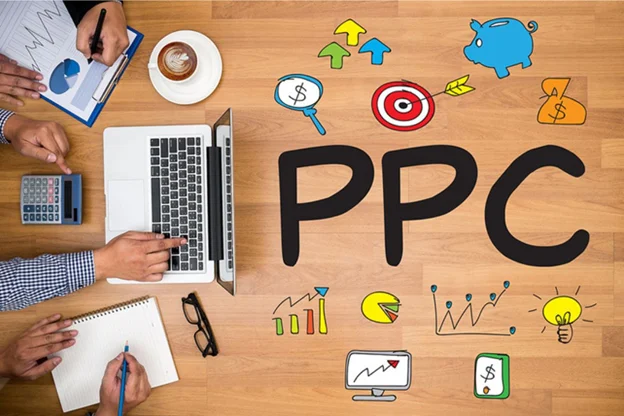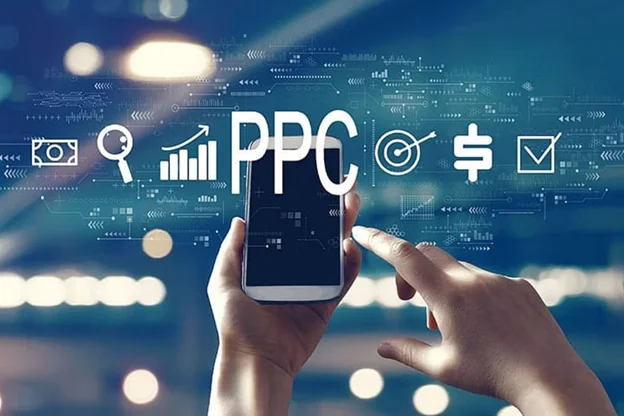Demystifying Pay-Per-Click (PPC) Strategies for Effective Online Advertising
In the realm of online advertising, Pay-Per-Click (PPC) stands as a powerful tool that enables businesses to reach their target audience, drive traffic, and achieve marketing objectives effectively. This model of online advertising allows advertisers to pay a fee each time their ad is clicked, ensuring that they only pay when their ad generates engagement or traffic to their website.
Understanding Pay-Per-Click (PPC)
PPC is an internet advertising model where advertisers place bids to display their ads on search engines or websites. Advertisers pay a certain amount each time their ad is clicked, driving visitors to their website. The most popular platforms for PPC advertising include Google Ads (formerly known as Google AdWords), Bing Ads, and social media advertising platforms like Facebook Ads and LinkedIn Ads.
Importance of Pay-Per-Click Advertising
- Targeted Audience Reach : PPC allows businesses to target specific demographics, locations, interests, and keywords, ensuring that ads are displayed to a relevant audience likely to convert.
- Immediate Visibility : Unlike organic methods, PPC provides immediate visibility as ads can appear at the top of search engine results pages (SERPs) or on relevant websites as soon as campaigns go live.
- Measurable Results : PPC offers comprehensive analytics and tracking tools to measure the performance of campaigns, allowing advertisers to analyze metrics such as clicks, impressions, conversions, and ROI.
- Budget Control : Advertisers have full control over their budgets, allowing them to set daily or monthly limits and adjust bids based on performance, ensuring cost-effectiveness.
- Enhanced Brand Awareness : Even if users don't click on ads, consistent exposure through PPC contributes to increased brand recognition and awareness.
Strategies for Effective Pay-Per-Click Advertising
- Keyword Research and Selection : Conduct thorough keyword research to identify relevant, high-intent keywords that align with your business and target audience.
- Compelling Ad Copy : Craft engaging, compelling ad copy that highlights unique selling propositions (USPs) and encourages users to click, leading to higher click-through rates (CTRs).
- Landing Page Optimization : Ensure the landing page linked to the ad is optimized for conversions, with clear calls-to-action (CTAs), relevant content, and a user-friendly layout.
- Targeting and Segmentation : Utilize targeting options such as location, demographics, interests, and device targeting to reach specific audiences effectively.
- Continuous Monitoring and Optimization : Regularly monitor campaign performance, analyze metrics, and make data-driven adjustments to optimize campaigns for better results.
Conclusion
Pay-Per-Click advertising remains a cornerstone of online marketing, offering businesses a potent means to drive targeted traffic, boost conversions, and maximize ROI. By implementing strategic approaches such as thorough keyword research, compelling ad copywriting, precise targeting, and continuous optimization, businesses can harness the full potential of PPC to achieve their advertising goals. Embracing the dynamic landscape of PPC advertising and consistently refining strategies based on data insights will enable businesses to stay competitive, enhance brand visibility, and achieve success in the ever-evolving digital advertising space.



